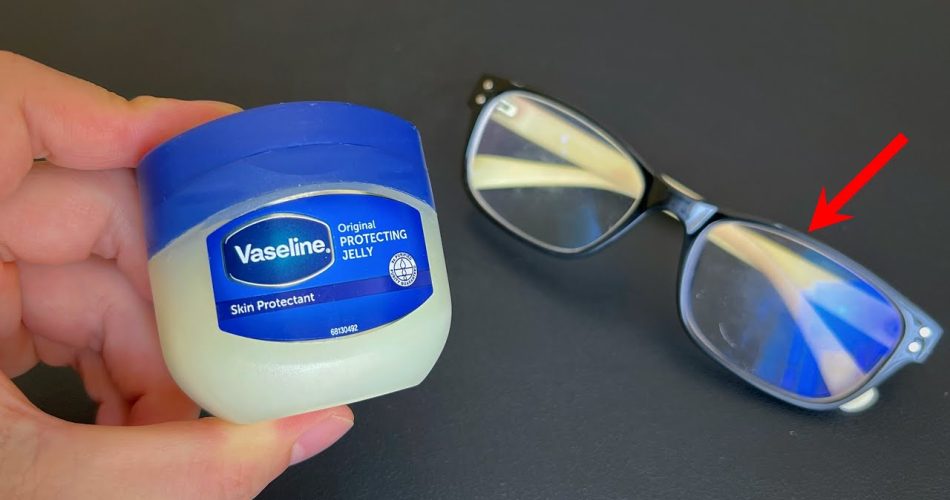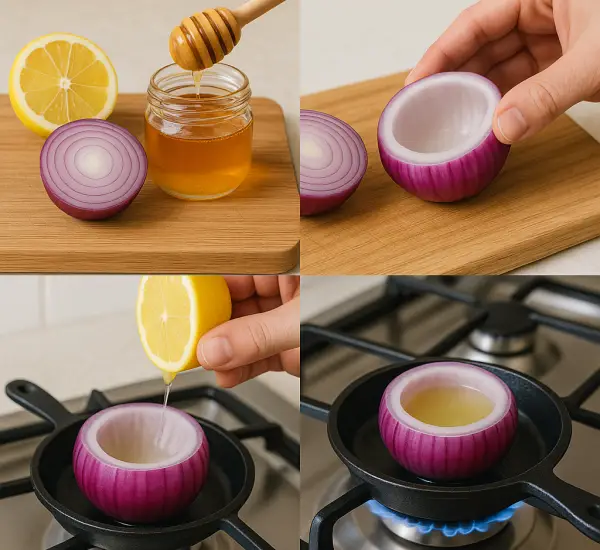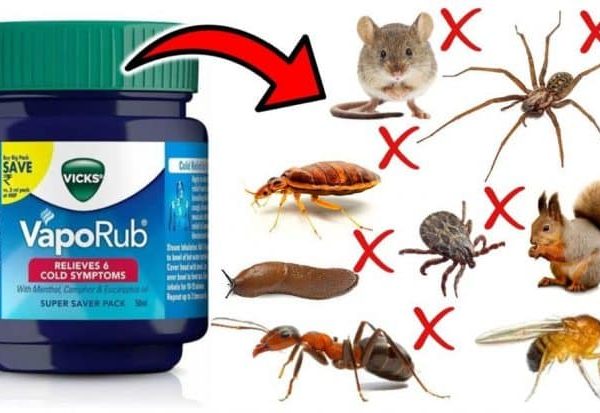Applying Vaseline to eyeglasses is a surprisingly effective trick that addresses a variety of common issues faced by glasses wearers. This simple method can help reduce lens fogging, extend the lifespan of the glasses, and keep lenses cleaner for longer. It offers a practical, budget-friendly solution that combines traditional wisdom with modern needs, particularly benefiting those who frequently switch between warm and cold environments.
How Vaseline Works on Eyeglasses
Vaseline, or petroleum jelly, is well-known for its moisturizing and lubricating properties, typically used for skincare. However, it can also be applied to eyeglasses to help tackle some of the most common challenges associated with wearing glasses.
1. Reduces Lens Fogging
One of the main advantages of applying a thin layer of Vaseline to eyeglass lenses is that it helps reduce fogging. This is particularly useful for people who move between different temperature environments, such as going from a cold outdoor setting to a warm indoor space. In these cases, the sudden change in temperature can cause the lenses to fog up, temporarily impairing vision. Applying a light coat of Vaseline can act as a barrier, preventing moisture from condensing on the lens surface and reducing the likelihood of fogged-up lenses.
2. Prevents Scratches and Extends Lifespan
Vaseline’s lubricating properties also make the surface of the lenses smoother, which can help prevent scratches. By creating a thin protective layer, it reduces friction when the lenses come into contact with dust, debris, or other potential scratch-causing materials. This protective layer can effectively extend the lifespan of the eyeglasses, keeping them in better condition for longer.
3. Dust and Smudge Protection
Another benefit of applying Vaseline to lenses is that it can make them more resistant to dust and smudges. The slick surface created by the Vaseline helps repel dirt and debris, reducing the frequency of cleaning needed. It can also prevent fingerprints and other smudges from sticking as easily to the lenses, which is particularly useful for people who handle their glasses often throughout the day.
Why Vaseline Works: A Blend of Traditional Wisdom and Modern Needs
The use of Vaseline on eyeglass lenses may seem unconventional, but it taps into the versatility of a product that has been around for decades. Traditionally used as a skin protectant, the application of Vaseline for eyeglass care is an example of how common household products can be used in innovative ways beyond their original purposes.
This simple practice also brings to light an often overlooked aspect of traditional wisdom. In an age where specialized products and high-tech solutions are increasingly relied upon, it is easy to forget that many natural and everyday materials can still provide practical benefits. The use of Vaseline as a multi-purpose tool demonstrates the value in revisiting traditional, low-cost solutions that have been used for generations. This approach not only offers practical benefits but also encourages a more resourceful mindset.
Considerations Before Applying Vaseline
While Vaseline can offer multiple advantages for eyeglass maintenance, it is essential to be mindful of a few considerations before using it on your lenses:
1. Compatibility with Lens Coatings
Certain eyeglass lenses come with special coatings, such as anti-glare, anti-scratch, or blue light filters. The application of Vaseline to these lenses could potentially interfere with or degrade the effectiveness of these coatings. If your lenses are specially coated, it is advisable to consult with an eyecare professional before applying any product to the surface.
2. Potential Allergies or Skin Sensitivities
Although Vaseline is generally considered safe for topical use, some individuals may have sensitivities or allergic reactions to petroleum-based products. It is advisable to test a small amount of Vaseline on the lens edges or a less visible area before applying it more extensively. This test can help ensure that the product will not cause irritation or discomfort.
3. Application Techniques
For best results, only a small amount of Vaseline should be used. Applying too much can leave a greasy residue, which could obscure vision or attract more dirt. The right technique involves spreading a thin, even layer using a soft cloth, then gently wiping away any excess. This method allows for the protective benefits without compromising the clarity of the lenses.
How to Apply Vaseline to Your Glasses
If you decide to give this technique a try, follow these steps to apply Vaseline effectively:
- Clean the Lenses: Begin by thoroughly cleaning your lenses using a microfiber cloth and lens cleaner. This step ensures that any existing dust, dirt, or smudges are removed before applying the Vaseline.
- Apply a Small Amount of Vaseline: Use a cotton swab or your fingertip to apply a tiny amount of Vaseline to each lens.
- Spread Evenly: Use a soft cloth to spread the Vaseline in a thin, even layer across the lens surface.
- Wipe Off Excess: Gently wipe away any excess Vaseline with a clean, dry cloth until the lenses are clear.
- Inspect the Lenses: Ensure that the lenses are clear and not greasy before using the glasses.
Alternatives and Other Practical Uses
If Vaseline is not suitable for your glasses or personal preference, there are alternative methods for preventing lens fogging and reducing scratches, such as anti-fog sprays and lens cleaning wipes specifically designed for eyeglasses.
However, Vaseline remains an accessible and cost-effective solution that can be used for multiple purposes around the home. Its versatility extends beyond eyeglass care, serving as a skin moisturizer, lubricant for stuck zippers, and even as a protective barrier for minor cuts and burns.
Conclusion
Applying Vaseline to your eyeglass lenses is a surprisingly effective method to address common problems like fogging, scratches, and smudges. While this simple solution may seem unconventional, it has practical benefits that are easy to overlook in favor of specialized, often expensive products. This technique reflects a blend of traditional wisdom and modern-day needs, showcasing how everyday items can still solve common problems.
That said, it is important to consider the type of lenses you have and any coatings they may feature before using Vaseline, as well as testing for any personal sensitivities. If done properly, this low-cost solution can extend the life of your glasses and reduce maintenance efforts, offering a practical alternative for eyeglass care.



